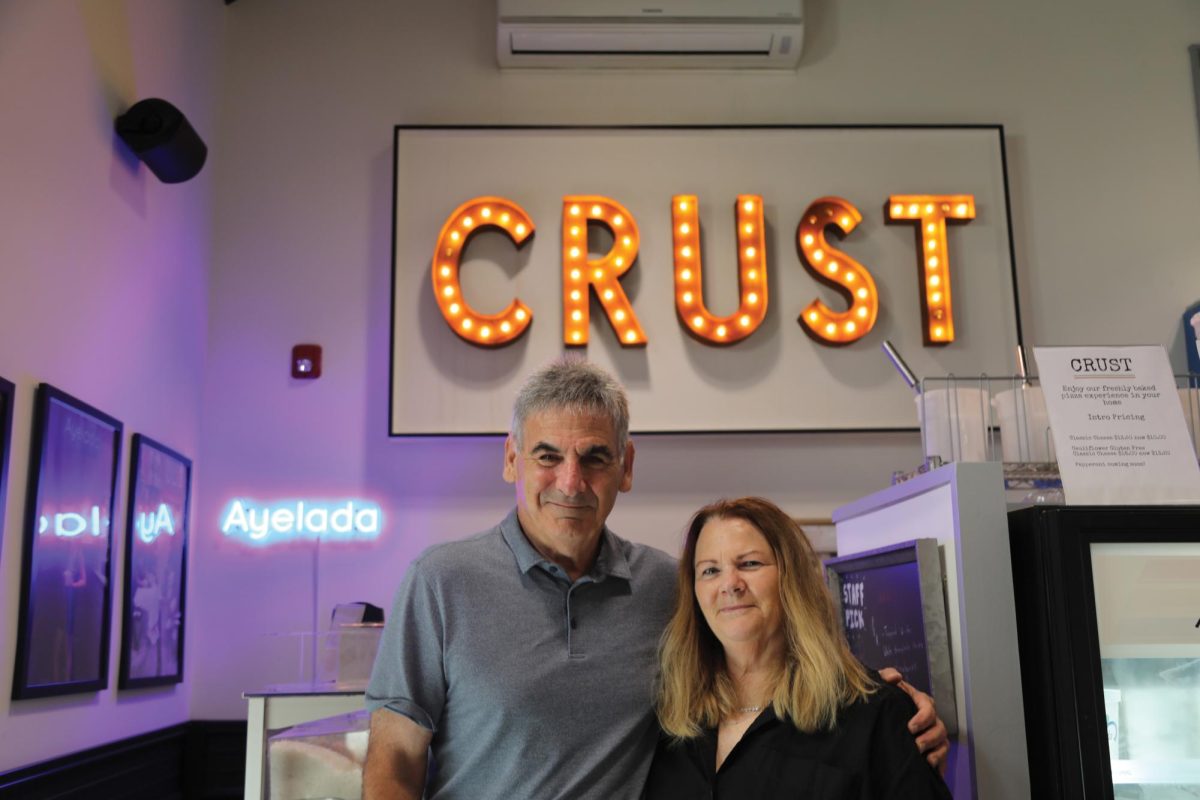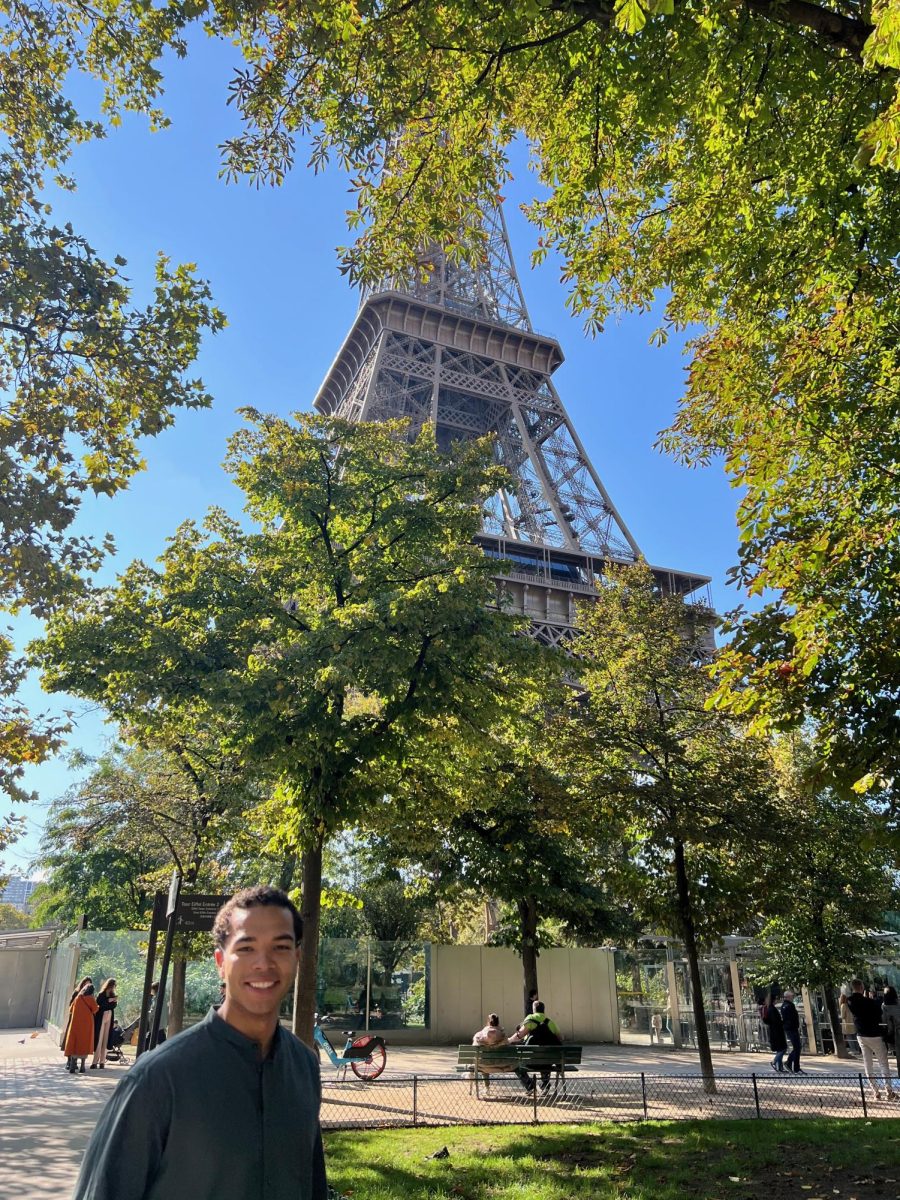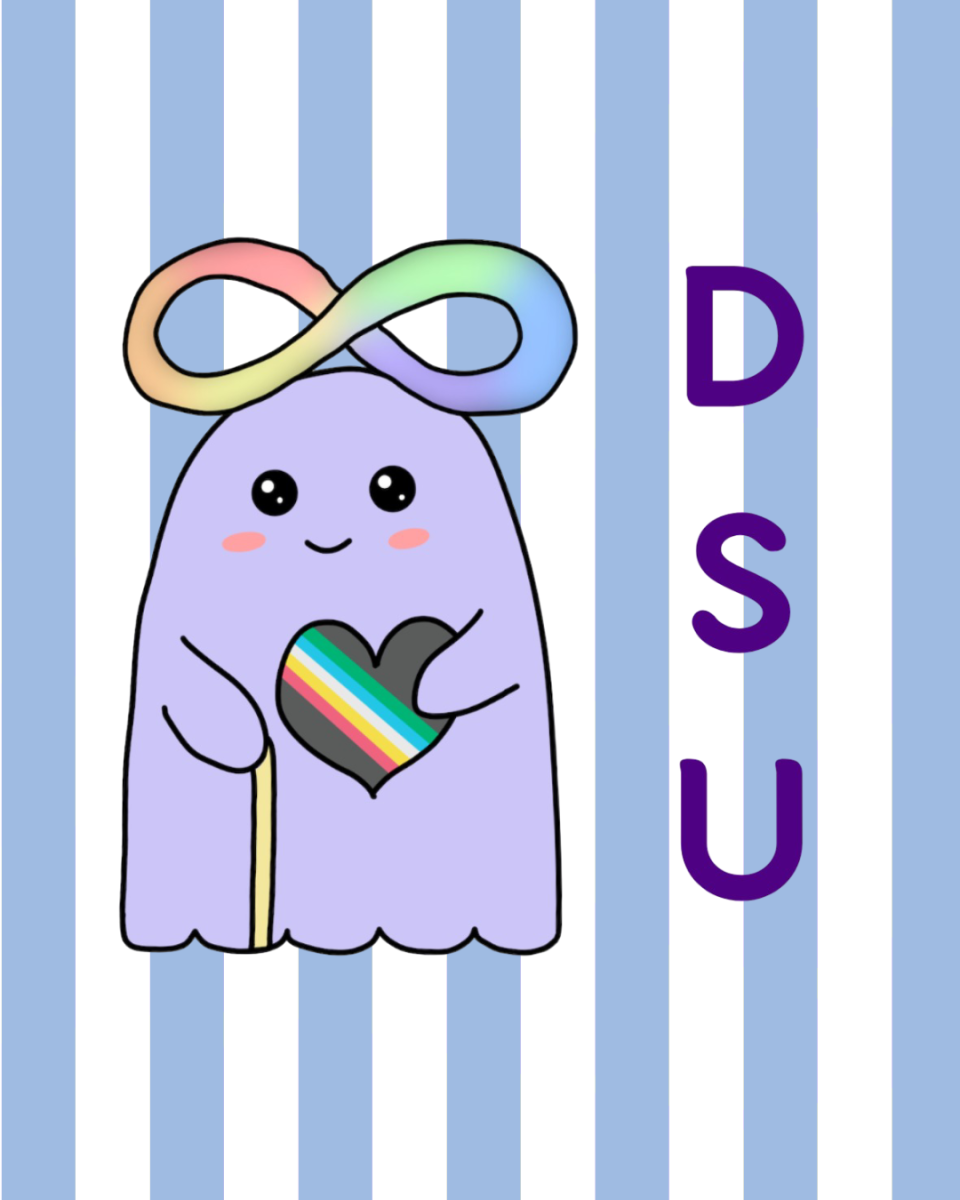Since 2015, Professor of Anthropology David Edwards and journalist Christopher Marcisz have co-taught “Town and Gown: Investigating the Relationship of College and Community.”
We sat down to discuss past projects, development on Spring Street and the differences between anthropology and journalism.
Nigel Jaffe: What inspired you to start teaching this course?
Christopher Marcisz: It sprang up pretty organically. I was a friend of the department — my wife teaches in anthropology and sociology, so I’d known Dave since we moved here, and I worked for The Berkshire Eagle and as an editor in Pittsfield. By virtue of working together and talking about our interests and stuff like that, we tried to figure out a way to use the town-gown relationship not only as an ethnographic laboratory but also as a kind of a way to explore different strategies of nonfiction research and writing. We very clearly thought of it as experimental, to try to help students understand what the different approaches are to certain skills — interviewing, archive work, and then also some writing strategies as well.
David Edwards: I was aware of and at least somewhat concerned with the amount of building that was [happening] on campus. It made me think more about what the relationship is between this very large enterprise that is Williams College and the relatively fragile and small community that surrounds it. I was also interested in doing more courses on ethnographic research, where students actually do research. If you teach at a BU or NYU or Columbia, you have all these resources of a diverse, urban community. We don’t have that, so I had to figure out a way to do that focusing on what we have available. The third factor was that I was interested in working with Chris because he has this other perspective of being a newspaper reporter who’s worked in the larger community.
It seemed to me that this would be an interesting way to highlight what anthropology is all about, by looking at it side by side with what journalism is all about, and to give students an opportunity to explore two kinds of very similar but also different research techniques.
NJ: How do you blend anthropology with journalism?
DE: Well, there are two kinds of journalism: There’s daily journalism, in which you’re trying to get the immediate facts right now, versus feature journalism, which becomes closer to anthropology. The borderline between really good long-form journalism and some more freeform anthropology is pretty blurry. But then you get into more hardcore anthropology and you get more theory and the points of reference are more to theoretical literature, theoretical arguments, that you don’t get in journalism. At the two poles, they’re quite different, but in the middle, there’s a lot of blurring. Both of us, I think, are most comfortable in that blurred area, so we bring a lot of good journalism and good anthropology into the class, and I think Chris enjoys the anthropology articles that I bring in, and I enjoy the long-form journalism that he brings in. We’re comfortable in each other’s worlds.
CM: I think we have mutual respect for our fields.
NJ: What do you look for in identifying topics for research projects?
CM: It’s about identifying the friction points, though some of them may not even be obvious. Go up to the top of Spring Street and look down the street. For somebody who’s lived here their whole life and maybe doesn’t have a connection with the College, it can be very alarming. What they see is that basically, the College took over the main commercial street of the town: One half is owned by the College; the other half is owned by an alum who is very close to the College; the bottom is a giant new development that tied up traffic for five years… The College went through the pro forma civic process, but a lot of people don’t think they really engaged in a meaningful way about what we want our downtown to look like.
I think most students would say, well, it’s great that we have that nice hotel now, we have a few Asian restaurants, you have Lickety Split there. But for people that have lived here a long time, they remember what it was before, with businesses not just for visitors and students but the entire community. Times change, of course, but there’s a question about who’s controlling change, how it goes, and you have to dig into it a little bit.
DE: One of the things that’s nice about the classes is that we have ideas based upon our personal experience, but the students bring their own ideas to the table. For example, we had an article on the Berkshire Symphony that was done by a student who was a harpist and who I think has gone on to be a professional musician. She was really interested in music, and she did a really nice job talking about the way in which the Berkshire Symphony evolved from basically a very small-scale community orchestra of faculty members and some students, and how it became professionalized.
CM: And how it merged with the factory orchestra of Sprague Electric! They had their own orchestra, but not a big enough one, so they merged with Williams.
DE: Which was a nice example of town and gown, and we had no idea about that. It was her legwork.
NJ: What are some of the less obvious connections between town and gown?
DE: One of the ways we see it is in how the College funds things for the community in lieu of taxes. Since we’re a nonprofit institution, we’re non-taxable, but to maintain cordial relations they always try to find certain strategic things to fund … things that have a benefit to the College. The high school or the elementary school are important because they’re an important recruiting tool for bringing faculty here.
CM: I think it’s very interesting how really deeply things are interconnected. I came across one selectmen’s meeting I was covering when they were rebuilding the steps by West College here, where you go down and cross Route 2. Apparently, it had to be delayed to have surveyors come out to officially mark out the lines where the College’s property ended, and the town’s and the state’s. If you go into town hall, you can find [the] assessor’s maps that depict, down to the yard, every single piece of property, except right there! There was this one weird little lacuna where nobody ever bothered. The town and the College are literally blurred together there. I always thought that was an interesting example [of] how really tied things are.








